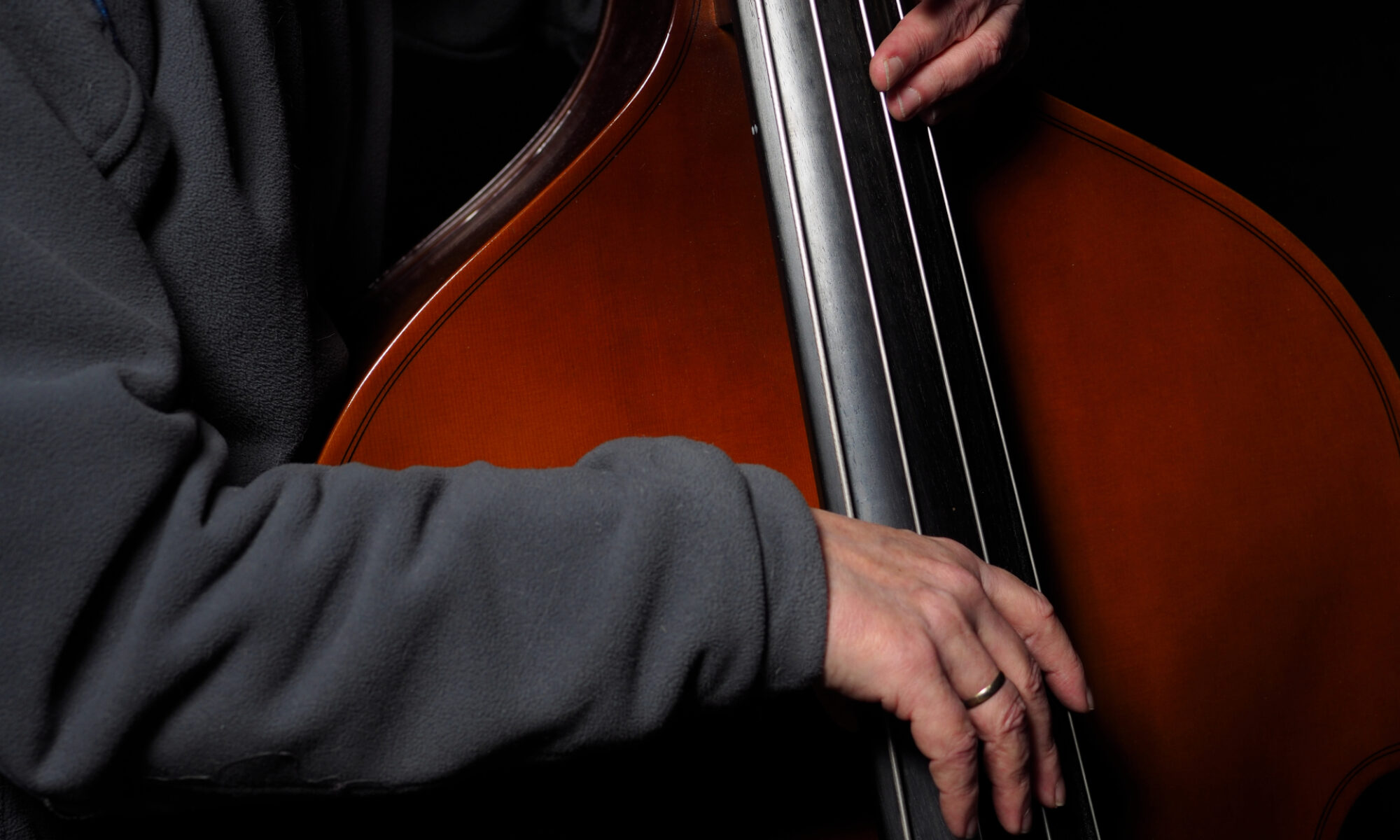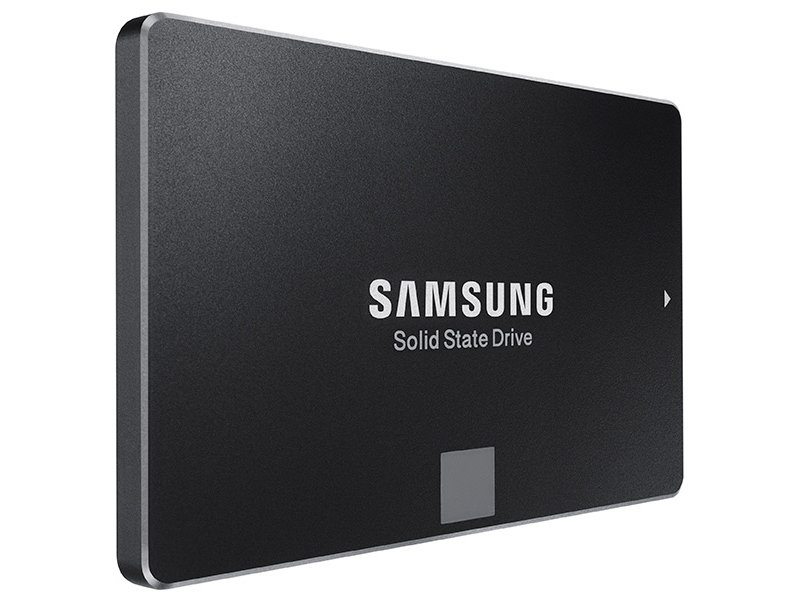Like Zuleikha, I’m on summer holiday leave right now, which is cool – we all have some time for ourselves, and to do things we love to do.
So let me tell you a story.
When I was younger – in fact, much younger than today – I used to be a bass player. Like most other bass players, I came to that instrument via playing guitar first. Like Pink Floyd sang:
“You bought a guitar to punish your ma…”
And when I met some other bands whose guitar players were far better than me, but who needed a bass player, I took the jobs.
With 19, I was in the studios for the first time – at EMI Electrola in Cologne for instance. There I learned to really play a nice and tight line, and how noisy my Ibanez Jazz Bass was (all single coil pickups until today are) – so I also got a Music Man Sabre Bass, and an Ampeg SVT rig (300 all-valve Watts, two 8×10″ cabinets the size of big fridges (but way heavier)), all that. I was pretty much set, and ready to be a musician.
Except I didn’t earn any money. Plus I didn’t even have a driver’s license and/or a car to transport my gear. So I was dependent on other band members.
Then my Music Man Bass got stolen.
Then – realizing that we just didn’t have gigs like Deep Purple did – I sold my Ampeg and the cabinets, which left me with the Ibanez and a 15″ 130W (or so) Peavey combo.
Later I also left these behind, so I was pretty much a former musician. All I had until yesterday was a cheap “Eterna” (made for Yamaha in Indonesia) classical concert guitar, and an egg shaker. You see that guitar two posts below, and hear it one post below.
But since a year or two, I totally rediscovered my love for music. It’s through Zuleikha who plays piano, horn, and recorder, one of her classmates who is just brilliant on the recorder, her school who has a really nice big band and also the one in which Zuleikha plays (they call themselves “Brass & Co”), and also through some other people I know from my time with the Debian guys (and girls, I mean Debian developers).
One pointed me to a Korean singer named Youn Sun Nah, and I also stumbled upon Snarky Puppy lately – which is lead by a bass player.
So I also listened to lots of good bass players again, starting with the idols of my youth like Stanley Clarke or Jaco Pastorius, and also some which I heard much later, like Marcus Miller or Victor Wooten, to just name a few.
But what I also discovered was that tho the slap technique of a Marcus Miller is still great, it’s not what the bass was originally invented for. Long before that funky slap style, a bass was just a great and important part of the rhythm section, more or less carrying the whole music, and making people dance and swing and tap their feet – you probably know what I mean. So my “idol” picture shifted a bit again, to people like Pino Palladino – and to one of the first and greatest players of electric basses, James Jamerson (wow, got the curve to the headline after some 550 words or so).
You probably never heard that name, but James Jamerson (EN, DE) together with his band which was called “The Funk Brothers” (EN, DE) were the basis of almost everything Motown. Let me cite from that English Wikipedia article about them:
“The role of the Funk Brothers is described in Paul Justman’s 2002 documentary film Standing in the Shadows of Motown, based on Allan Slutsky’s book of the same name. The opening titles claim that the Funk Brothers have “played on more number-one hits than the Beatles, Elvis Presley, the Rolling Stones and the Beach Boys combined.”[1]”
Together with James, a new kind of bass was rising. It was invented short before 1960 by Leo Fender, and he called it the “Precision Bass” (EN, DE). The name was chosen because other than an upright double bass, it had frets, so “you could play it with precision”, which probably also helped in selling it.
During my journey through the videos on Youtube I soon found out about the differences of a P-Bass, like it is also called, and others like my former J-Bass copy. Professional studio musicians like Scott Devine will tell you that you need both P- and J-Basses, while others like Michael League from Snarky Puppy (and Forq and other bands of his) simply play it – and it sounds way better, deeper, with much more “growl” than, say, the slapped Fender or Sire basses from Marcus Miller.
So yesterday (it’s way past midnight while writing this) I’ve got one, after comparing it to some J-Bass myself.
Zuleikha helped with some add-ons and found a really nice (and not too expensive) strap, and even reminded me to get a stand for it (and that was a good idea, that stand also fits the guitar, and even her horn).
But…
Other than Leo Fender marketed it, I’ve chosen a fretless one. Always, always wanted a fretless bass, and you should have seen Zuleikha’s astonished smile when she tested it herself (over a Sadowsky 200W all-valve amp in the store)! My god, these things can sing; it’s unbelievable. But to that aspect: later, in another post. For now, let’s just keep in mind that I’ll have to take care of that “precision” myself; cannot rely on frets because there aren’t any 😉
First thing I thought about when we were back home was what to teach Zuleikha in case she’d ask. And again some song on which James Jamerson played the bass came to my mind – probably the song with the simplest and one of the best known bass lines ever: Papa was a rolling stone, by the Temptations.
I had that as a MIDI file laying around on my hard drive, and started playing to it on my computer. But soon enough, I disliked that MIDI file, so I went for the original. Which I don’t have in our bookshelf, so I downloaded it from Youtube (search for “papa was a rolling stone temptations” (without the quotes), it’s the first one which was shown in my search result).
So what did I do? Well the bass line consists of exactly 3 notes (and the whole song on just one chord, can you believe it?) – so I put the song in a stereo track in Ardour, and played the same into a mono track using my own new bass guitar. Then I analysed the notes (Bb, Ab, Db) and their frequencies and took them out of the original a bit, replacing them with my own ones which I played. If you look at those two equalizers used for the tracks, it looked like this:
(Some short technical explanation: I was a bit afraid to also totally take out the kick (bass) drum while doing this, because I didn’t want to make the filters’ “Q Factor” to steep – which would add distortion. But switching between “bypass” and “filter on” that kick drum still sat pretty good in the mix – which means that it’s a great recording, even if it’s from 1972. Oh, and that source was from vinyl, you can hear the cracks on the LP, which gives it another vintage vibe. So except from Youtube digitising the original, and my interface digitising the bass, what you hear here is pretty much analog. Still cool – or maybe even because it is…)
Then I exported the result as a .wav file with the usual restriction to -23LUFS, which looks like this:
It’s all Ardour and some Calf plugins, and the bass was plugged directly into my Focusrite audio interface, so no amp was used at all. And like James did, I played it with just one finger of my right hand (but didn’t use my index finger but the thumb to make it sound deeper).
The result, again converted into an MP3 file? Here:
Oh, and in case you want to see the bass I’ve got – haven’t made pictures of it yet, so here’s one from the maker:
Click on that photo if you want to read more about it.
For now, thanks for reading, watching, and listening. More later.










